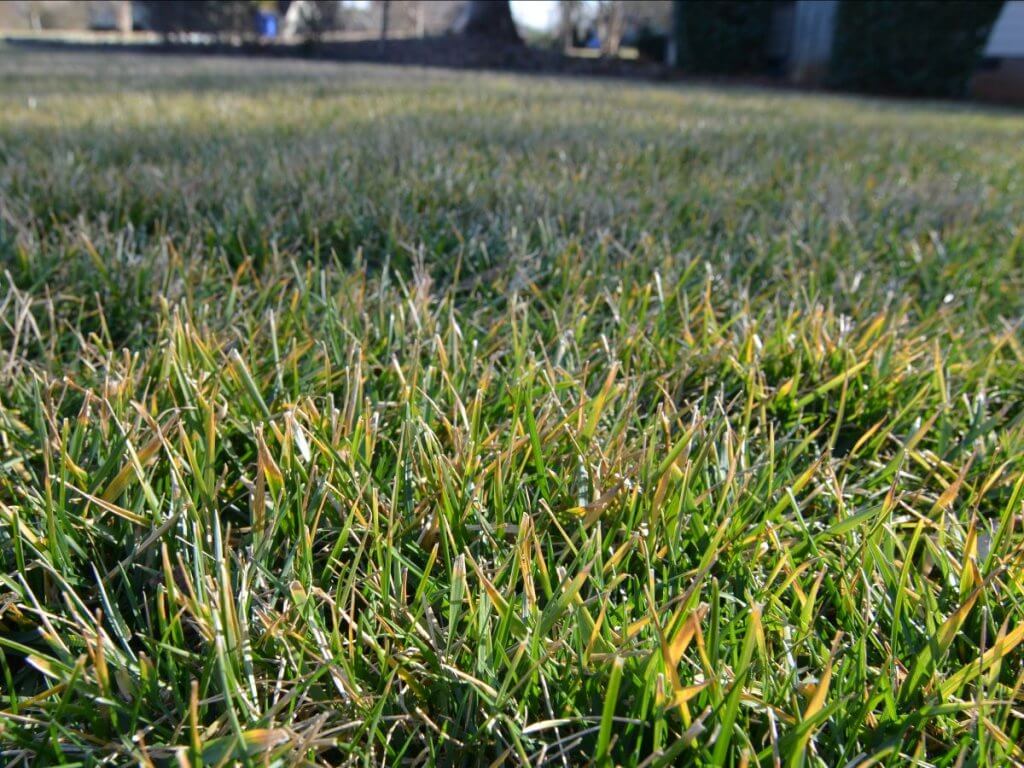We hope our lawn tips have helped you throughout the year, and that they continue to do so in 2023 and beyond!
Our Charlotte office will be closed December 23, 26 and 27 and January 2, and our Raleigh office will have reduced operations December 23 and be closed December 26 and 27 and January 2.

Special note for turf maintenance program customers:
As part of your turf maintenance program, limestone with micronutrients may be applied any time of year, even close to another application, and will adjust/maintain any pH and micronutrient level in your soil for a two-year period.
Limestone is the work horse for your soil in a managed turf environment. Fertilizer applications naturally lower soil pH levels in all soil types. It is not drastic but does move the level from ideal to too-low for healthy grass development. This is why it is important to apply limestone every year, even if your current pH levels are in the proper range.

This time of year, it’s common to deal with naturally occurring on-lawn debris. While there’s always the option of simply throwing it out, your lawn can potentially benefit from it. Here’s our breakdown of how you should be managing natural debris on your turf.

Germination and development will be slow for fescue, ryegrass and more due to the shorter days (less than ideal for photosynthesis) and cooler ground temperatures (less than ideal for germination and plant activity) we currently have. It’s made worse by the extremely dry weather we experienced in the fall, too.
If you still have thin areas and seed on the ground, be patient. Adding more seed to these areas will not produce a different outcome and will just waste seed. It is actually not uncommon to have seed germinate and develop throughout the winter and very early spring. Even in these cases, turf will still usually develop enough to use pre-emergence safely in late February and early March.
Generally, we will receive enough rainfall to maintain good soil moisture this time of year for seedling development. However, if we go through a warm dry period, it may be necessary to water between natural rainfalls. This can be challenging if you have in-ground irrigation that has been winterized.
It is not uncommon to see different parts of cool-season turf developing faster than others after seeding. This can be due to different parts of your lawn having different:
Rarely does turf germinate, develop and mature at the same rate throughout a lawn, so rest assured that this is very normal.